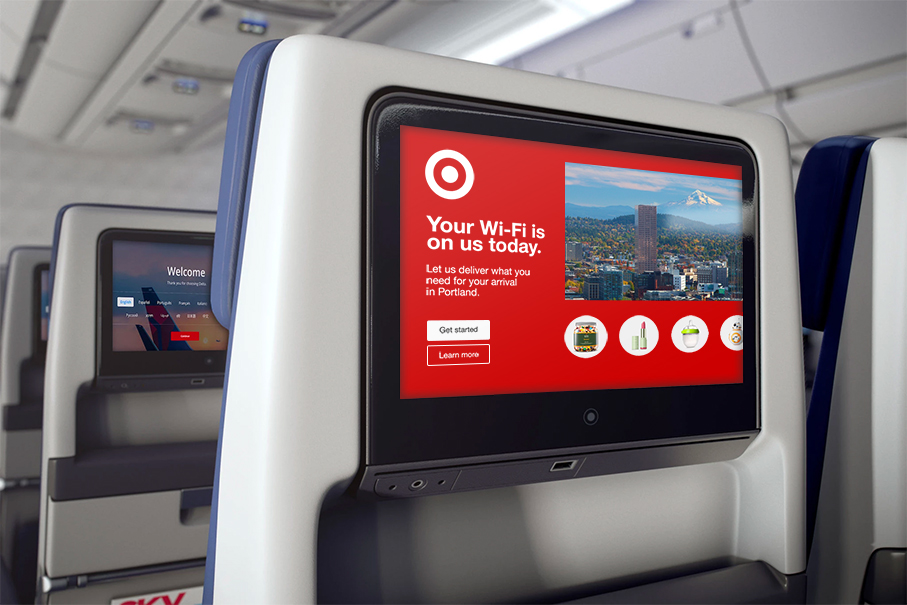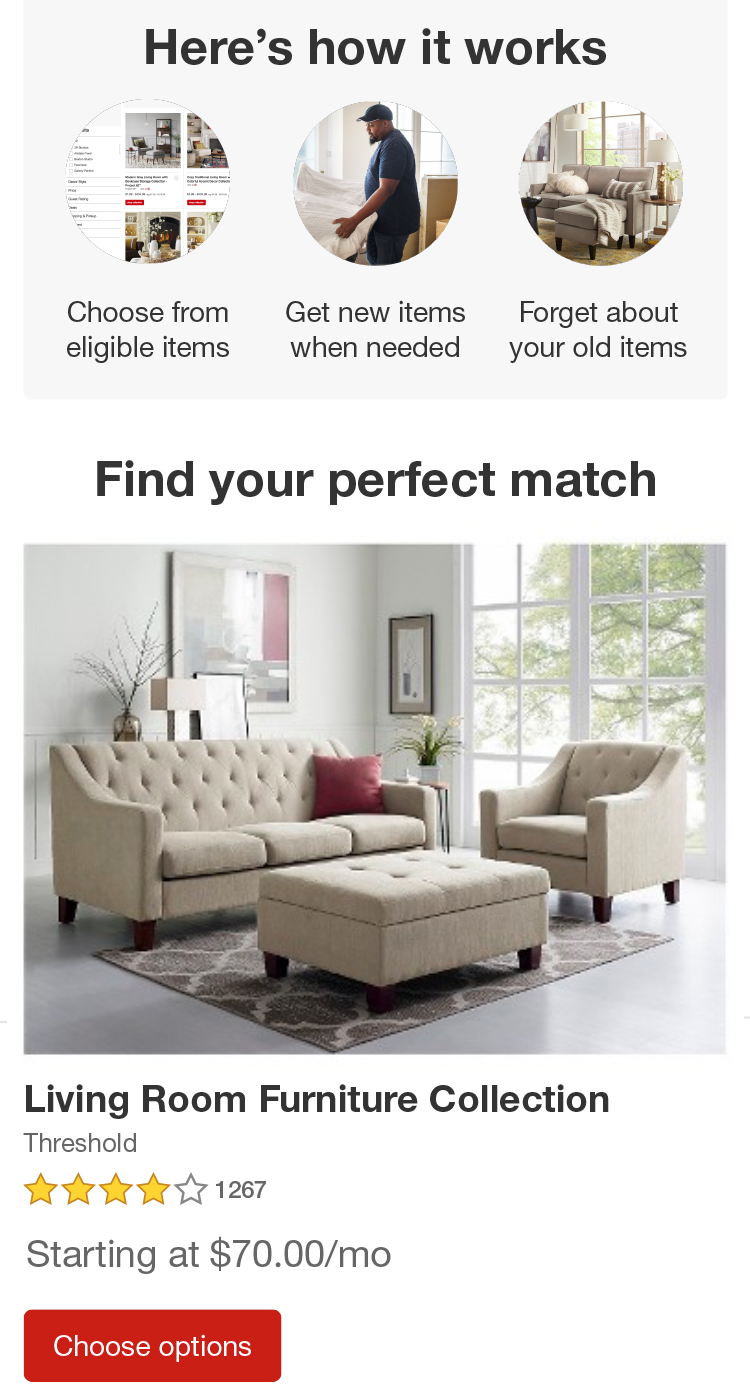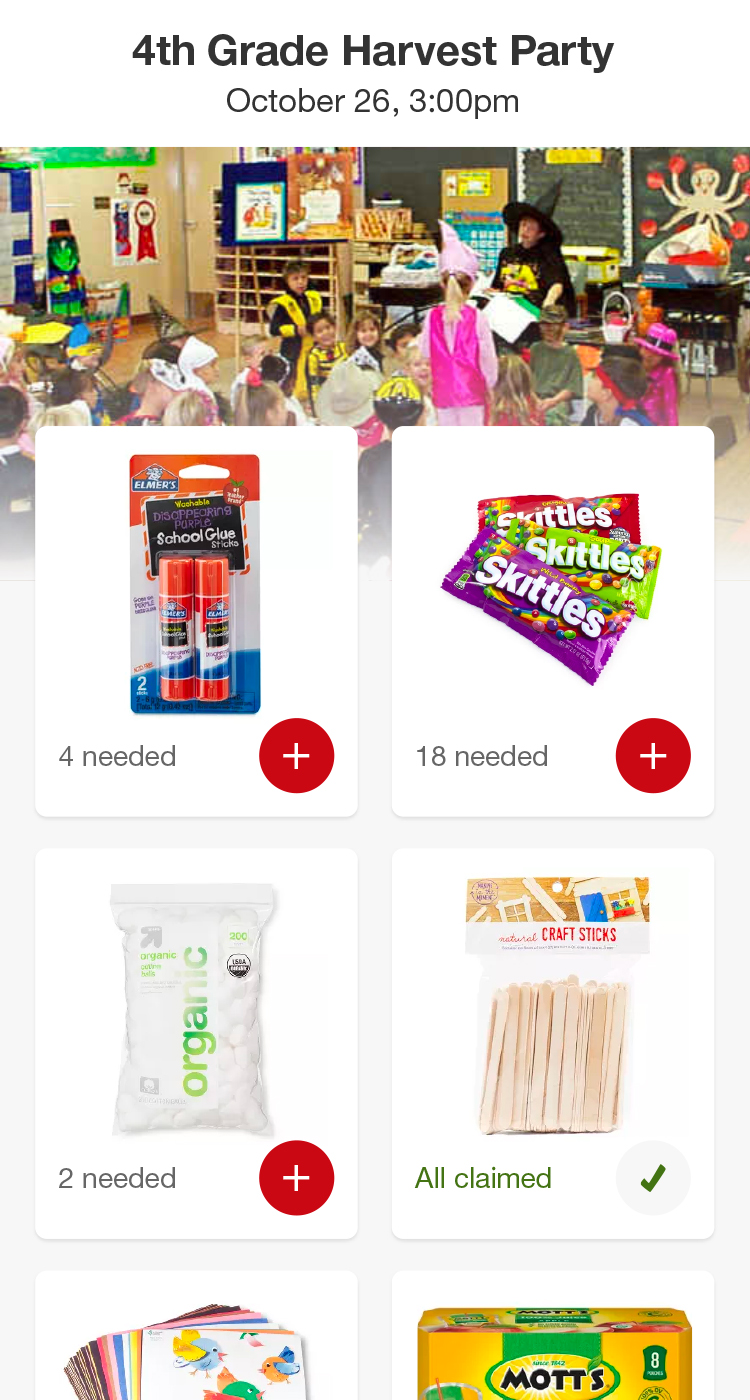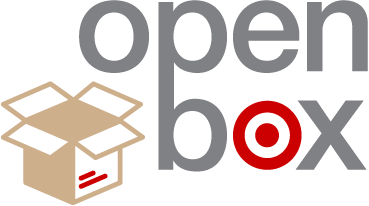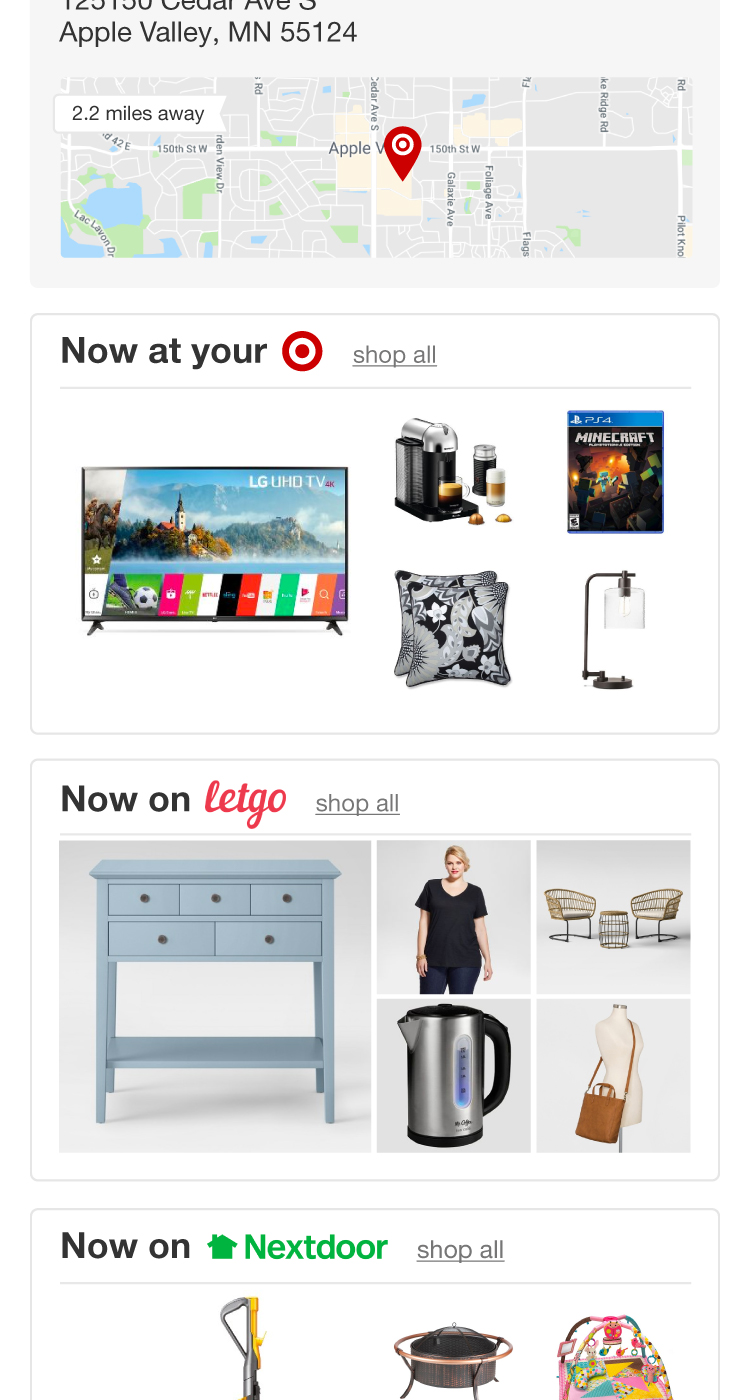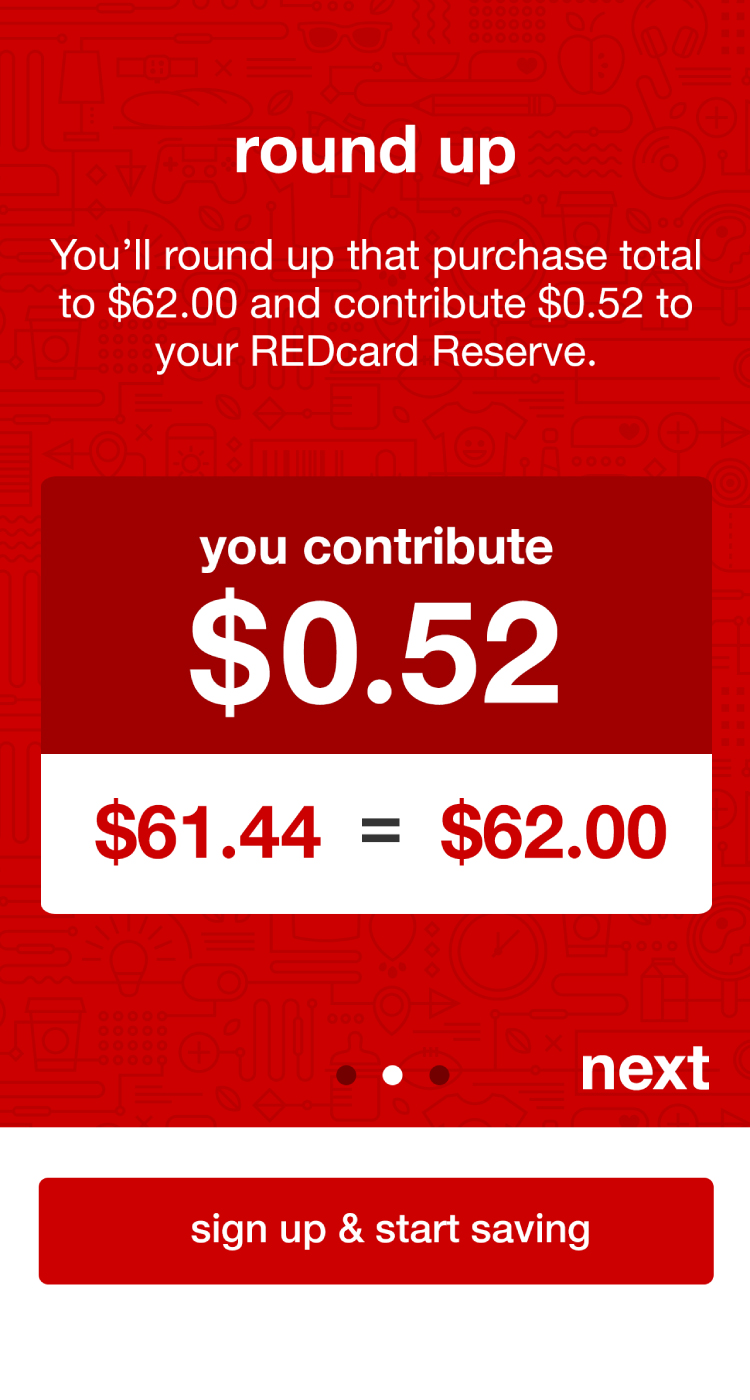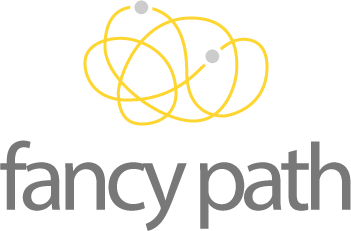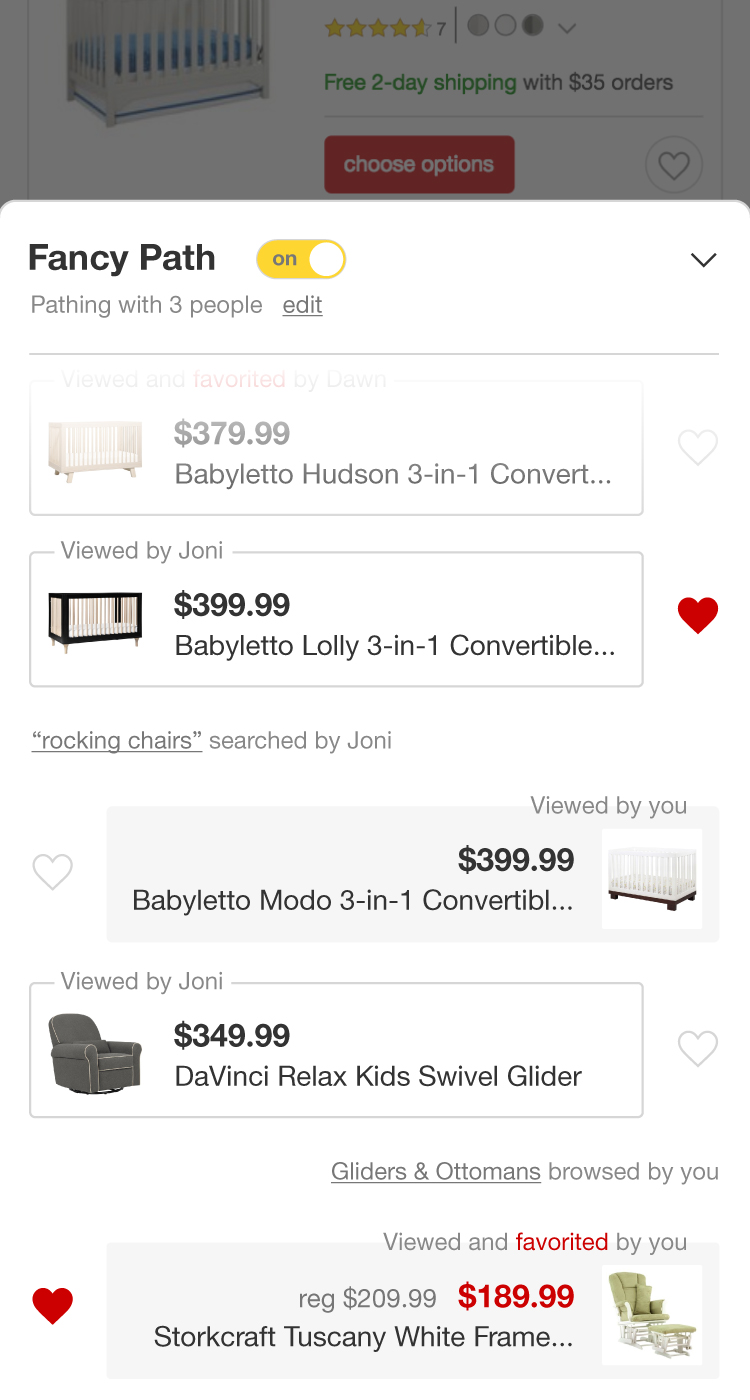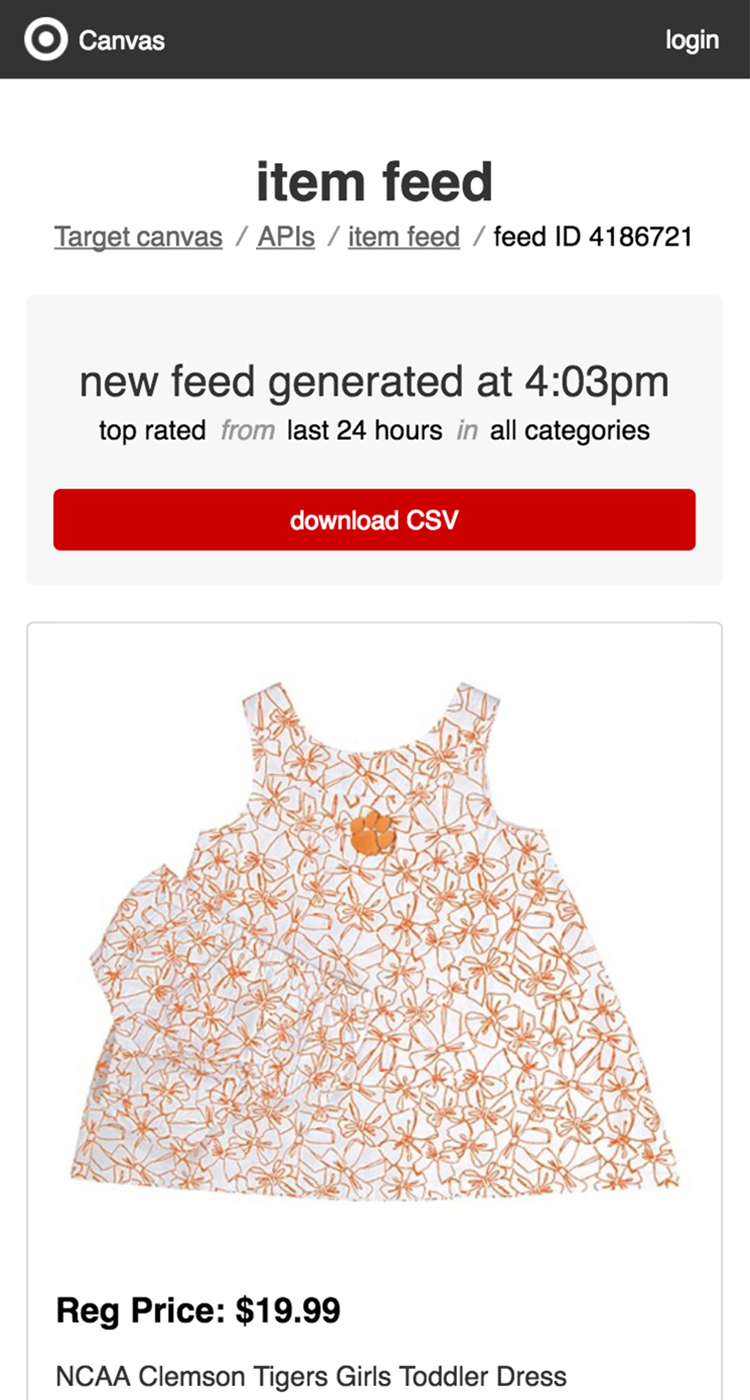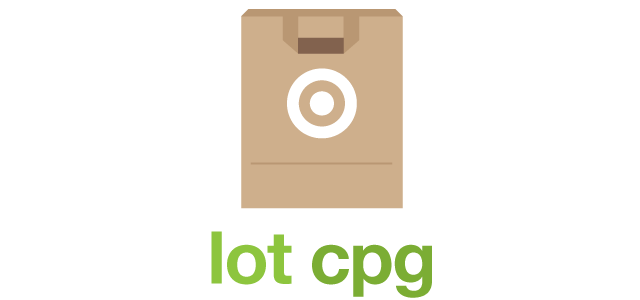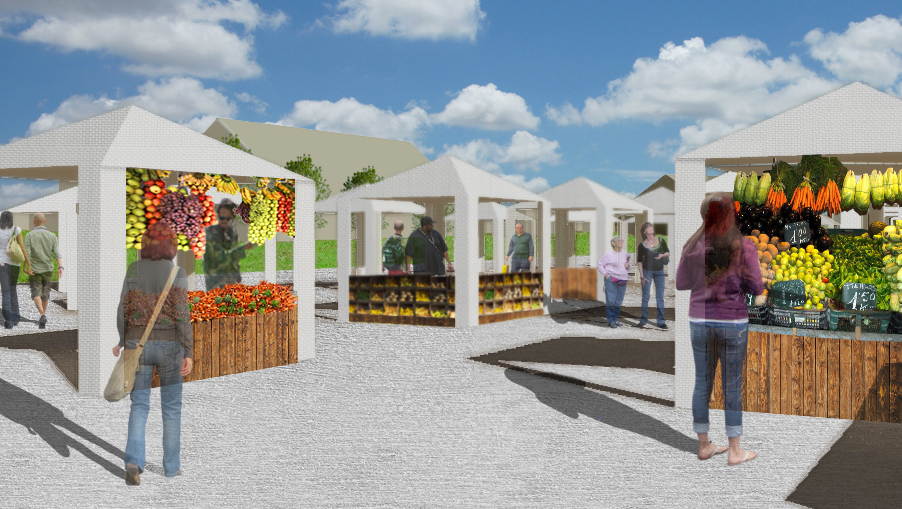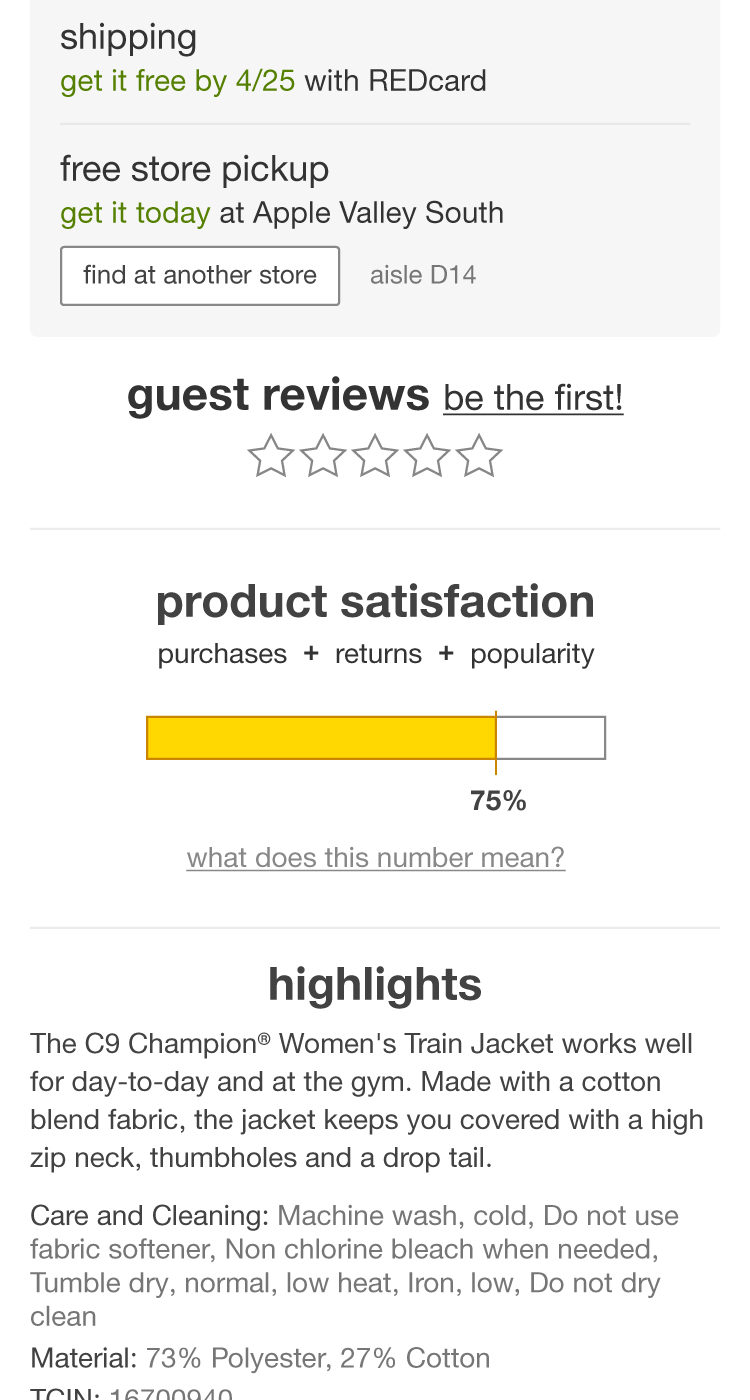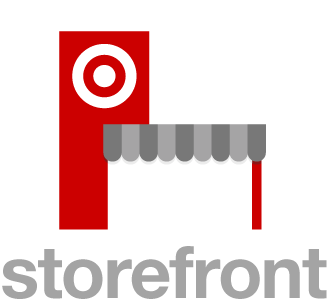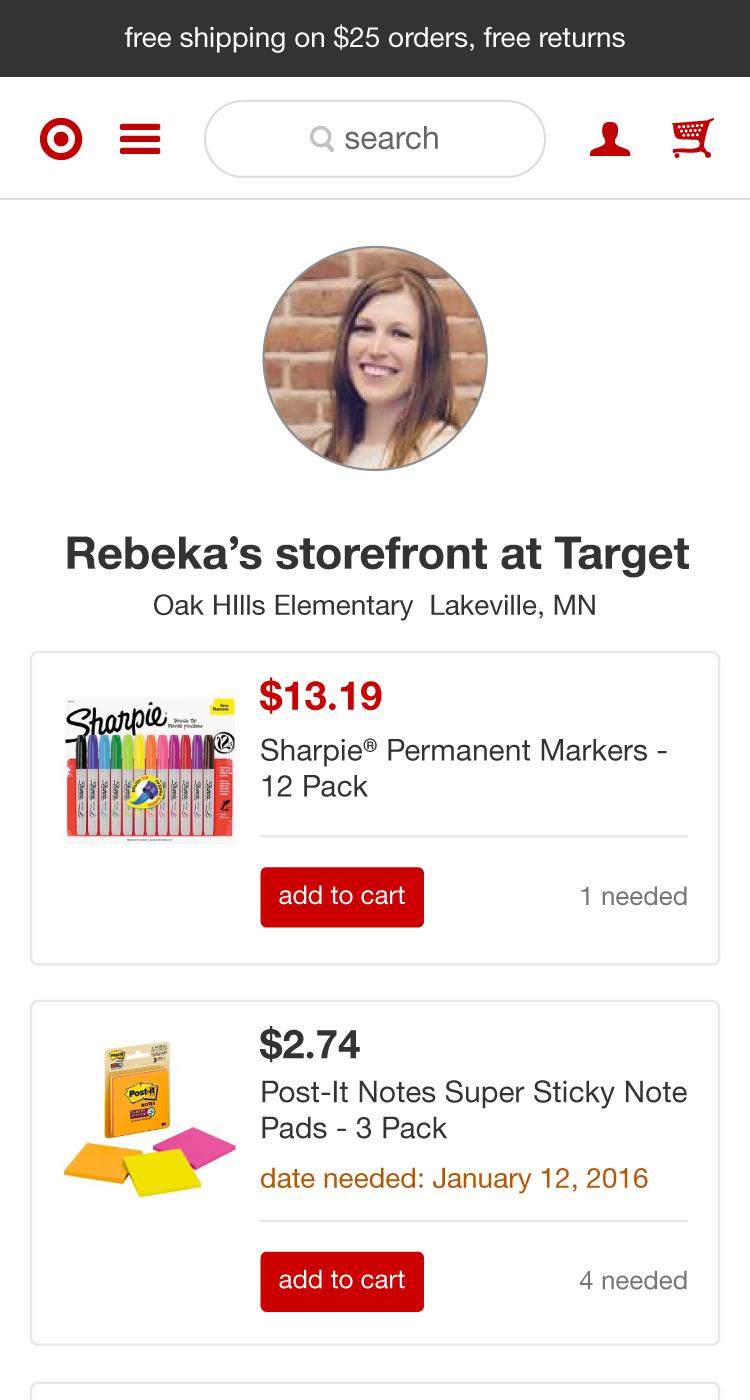Create a unique scoring system that lets guests peek "behind the scenes" for data that can further inform their purchasing decisions.
Originated in May 2016
Tomato is the calculation of an item's overall satisfaction level. The score takes into account an item's purchased quantity, percent of inventory sold, sales rank within a category and percent of purchases returned. This score could be displayed on every item's detail page to better inform guests of an item's quality and their satisfaction after purchasing the item.
70% of shoppers reported being more likely to purchase a product if the mobile site or app they’re purchasing from displays reviews for that item.
Item ratings and reviews are crucial when shopping online. They’re effective when they are authentic and insightful for the guest. But to work, they need to be present, which isn’t always a given.
We have proprietary information for each item that could help replace reviews for items that don’t have them. And for items that do, it’s information that reviewers wouldn't know.
"A lot of products don’t have guest reviews. Or when they do they’re biased. Because they may be paid so sometimes they’re hard to trust."
"The score is more credible because it comes from the store itself, not from other people."
In categories like A&A, this score is especially important because of the speed of item turnover. Often items aren't published on our digital platforms long enough to garner reviews. By providing this score to guests, we can enhance our item detail pages and help inform purchases.

